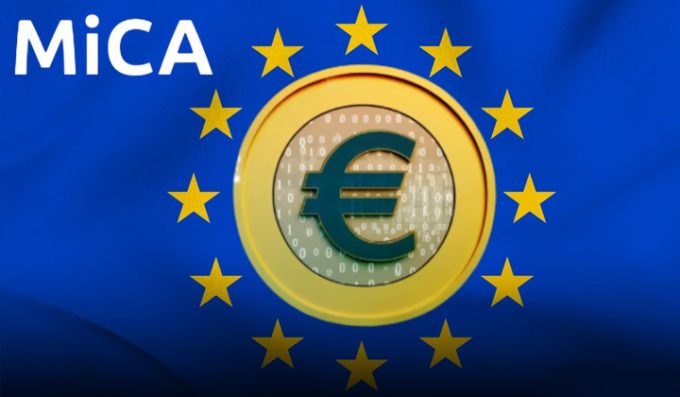A quiet revolution is unfolding on Wall Street. According to $5.1 trillion asset management giant State Street, most institutional investors are preparing to double their exposure to digital assets over the next three years, signaling a deep and lasting shift in how traditional finance views crypto and blockchain technology.
The finding, drawn from State Street’s latest institutional investor survey, suggests that digital assets are no longer just a fringe fascination. Instead, they’re becoming part of mainstream investment strategy and this time, it’s not about chasing hype but building long-term conviction.
From Skepticism to Strategy
According to State Street’s research, two-thirds of institutional investors now expect to increase their digital assets by 2028. Now there is going to be an exposure not just to cryptocurrencies like Bitcoin and Ethereum but also blockchain-based tokens tied to real world assets such as bonds and private equity.
“This is a turning point,” a State Street executive reportedly said. “Institutional investors are no longer sitting on the sidelines waiting for perfect conditions. They’re actively preparing for a digital future in finance.”
Tokenization: The Next Big Frontier
Behind this enthusiasm, tokenization has become rampant. It is the process of converting traditional financial instruments into digital tokens that can be traded instantly. The benefits are there, lower costs, faster transactions and greater transparency.
For example, a commercial building is divided into thousands of blockchain tokens, which represent a small slice of ownership. Investors could trade these tokens to open new markets for liquidity and investment diversification.
According to the survey, over 70% of respondents believe tokenization will change how financial markets operate. State Street is exploring this frontier called State Street Digital that offers trading solutions for digital and tokenized assets.
In the U.S. and Europe, recent steps toward regulatory clarity are rebuilding confidence. The European Union’s new MiCA framework and increasing policy discussions in Washington have given institutional players the green light to explore digital assets with fewer compliance fears.
State Street’s survey revealed that the majority of investors see “regulatory clarity” as the single biggest catalyst for growth in the sector. Simply put: clearer rules mean more money on the table.
A Digital Shift That’s Hard to Ignore
The shift from skepticism to participation reflects how far digital assets have come. What began as an internet experiment is now being treated as a legitimate asset class, one that’s poised to transform capital markets, fund management, and even global trade.
As institutions step in, retail investors may soon find themselves following the lead of giants like State Street, BlackRock, and Fidelity, who are actively building blockchain strategies.
The numbers tell the story best: with $5.1 trillion under management, State Street’s voice carries immense weight. If its findings are any indication, the next three years will see institutional portfolios double down on digital assets, not as a gamble, but as a calculated move toward the future of finance.
For an industry that once dismissed crypto as a fad, that’s nothing short of a paradigm shift.
You need to login in order to Like

















Leave a comment